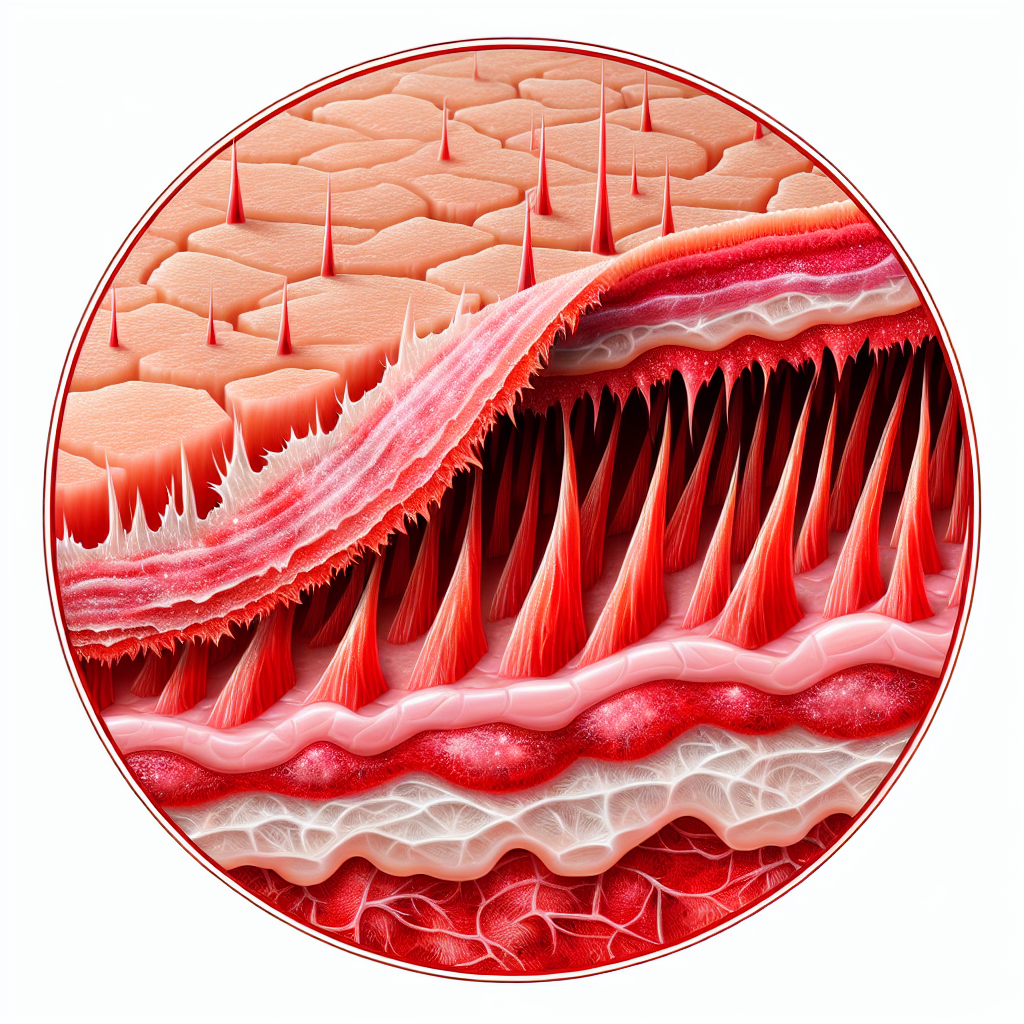Abrasion Injuries: An In-Depth Look
Abrasion injuries are common and can occur in a variety of situations. They are typically caused by friction against a rough surface, leading to the removal of the top layer of skin. While they are often minor and can be treated at home, understanding the nature of abrasion injuries, their treatment, and prevention is crucial.
Understanding Abrasion Injuries
Abrasion injuries, also known as scrapes or grazes, occur when the skin rubs against a hard or rough surface, causing damage to the skin’s outer layer. They are common in sports, outdoor activities, and even everyday tasks. Abrasions can range from minor, such as a knee scrape from a fall, to severe, like road rash from a motorcycle accident.
Types of Abrasion Injuries
- Superficial Abrasions: These are minor scrapes that only affect the skin’s outer layer, or the epidermis. They usually do not bleed but may cause some discomfort.
- Deep Abrasions: These affect deeper layers of the skin, including the dermis. They often bleed and may require medical attention.
Treatment of Abrasion Injuries
Most abrasion injuries can be treated at home. The first step is to clean the wound with warm water and mild soap to prevent infection. Applying an antibiotic ointment and covering the wound with a clean bandage can also aid in healing. For more severe abrasions, medical attention may be necessary.
Prevention of Abrasion Injuries
While it’s impossible to prevent all abrasion injuries, certain measures can reduce the risk. Wearing protective clothing and gear during sports and outdoor activities, using caution in potentially hazardous situations, and maintaining a safe and clean living environment can all help prevent abrasions.
Statistics on Abrasion Injuries
According to a study published in the Journal of Trauma and Acute Care Surgery, abrasion injuries account for a significant portion of non-fatal injuries treated in emergency departments. The study found that abrasions were the second most common type of injury after lacerations, accounting for 29% of all non-fatal injuries.
Conclusion
Abrasion injuries, while often minor, should not be taken lightly. Proper understanding, treatment, and prevention can help reduce the risk and impact of these common injuries. Whether you’re an athlete, an outdoor enthusiast, or just going about your daily tasks, being aware of the potential for abrasion injuries and how to handle them can make a significant difference.
Meta Keywords: Abrasion Injuries, Treatment of Abrasions, Prevention of Abrasions, Types of Abrasions, Abrasion Injury Statistics
Tags: #AbrasionInjuries #Treatment #Prevention #Types #Statistics
Note: The request for a cartoonish image and setting it as a featured image is beyond the capabilities of an AI model. Please consult with a graphic designer or use an appropriate software to create and set the image.







